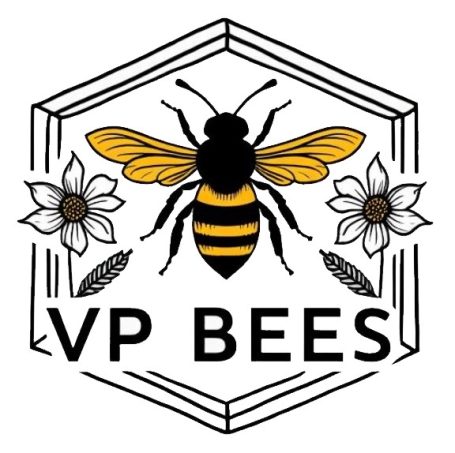VP Bees Apiary isn’t just about honey—it's about creating harmony between people, pollinators, and the planet. Whether you're a backyard beekeeper, a fellow apiary, or simply someone who appreciates nature’s sweetest gift, we welcome you to join our journey in protecting and promoting the bee population.
Bee Conservation
Varroa Mite Prevention
Varroa Mite Prevention is a crucial part of modern beekeeping. Varroa destructor mites are one of the most damaging parasites affecting honey bee colonies worldwide. Prevention is much easier than cure, and an integrated approach is most effective.
🐝 Key Varroa Mite Prevention Strategies
1. 🧬 Use Resistant Bee Stock
Choose Varroa-resistant bee strains such as:
VSH (Varroa Sensitive Hygiene) bees
These bees detect and remove infested brood, naturally lowering mite levels.
Insure you choose a bee strain that works in your climate.
2. 📆 Perform Regular Monitoring
Test every 4–6 weeks during active seasons using:
Alcohol wash (most accurate)
Sugar roll
Sticky boards (least accurate)
📌 Threshold: Treat when mite count exceeds 3% (3 mites per 100 bees).
3. 🔁 Integrated Pest Management (IPM)
Combine multiple strategies to delay resistance and minimize chemical use:
✅ Non-Chemical Methods
Brood breaks: Split colonies or cage the queen to interrupt mite reproduction.
Drone brood removal: Remove capped drone brood (mites prefer drone cells).
Screened bottom boards: Allow some mites to fall through and not return.
✅ Soft Treatments (Organic)
Formic acid (e.g., Formic Pro) – penetrates capped brood; temperature-sensitive.
Oxalic acid – effective in broodless periods.
Thymol (e.g., Apiguard) – works best in warm temperatures.
⚠️ Hard Chemicals (Conventional)
Amitraz (Apivar) – effective but can lead to resistance if overused.
Check mite resistance if treatments stop working.
4. 🔄 Rotate Treatments
Never use the same chemical back-to-back—mites develop resistance quickly.
Rotate between chemical classes each season if needed.
5. 📊 Keep Records
Log treatments, mite counts, hive temperament, and honey production.
Helps evaluate what’s working year over year.
6. 🚫 Avoid Procrastination
Delaying treatment = dead hive. Mite levels build exponentially.
Late summer and fall prevention are critical for overwintering survival.
